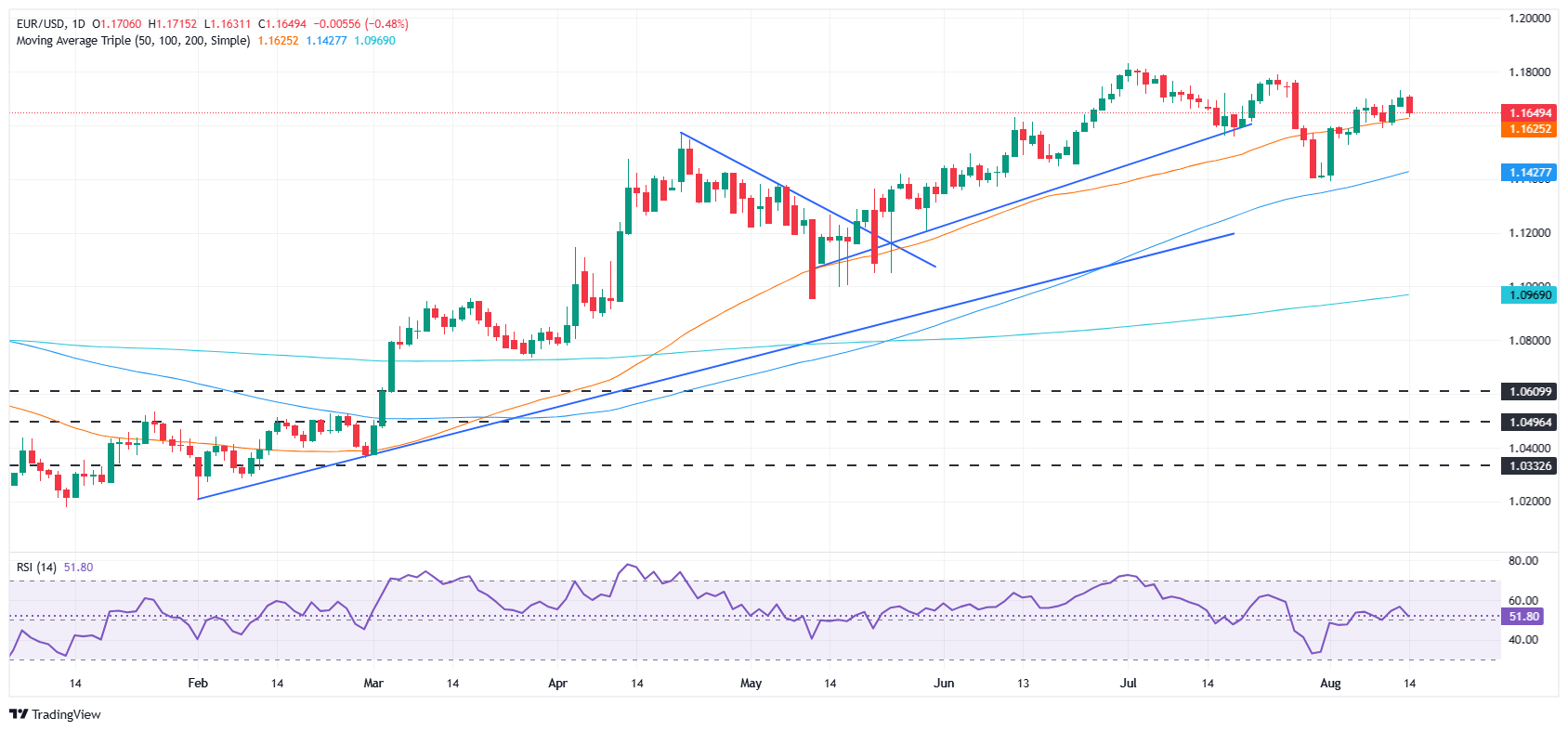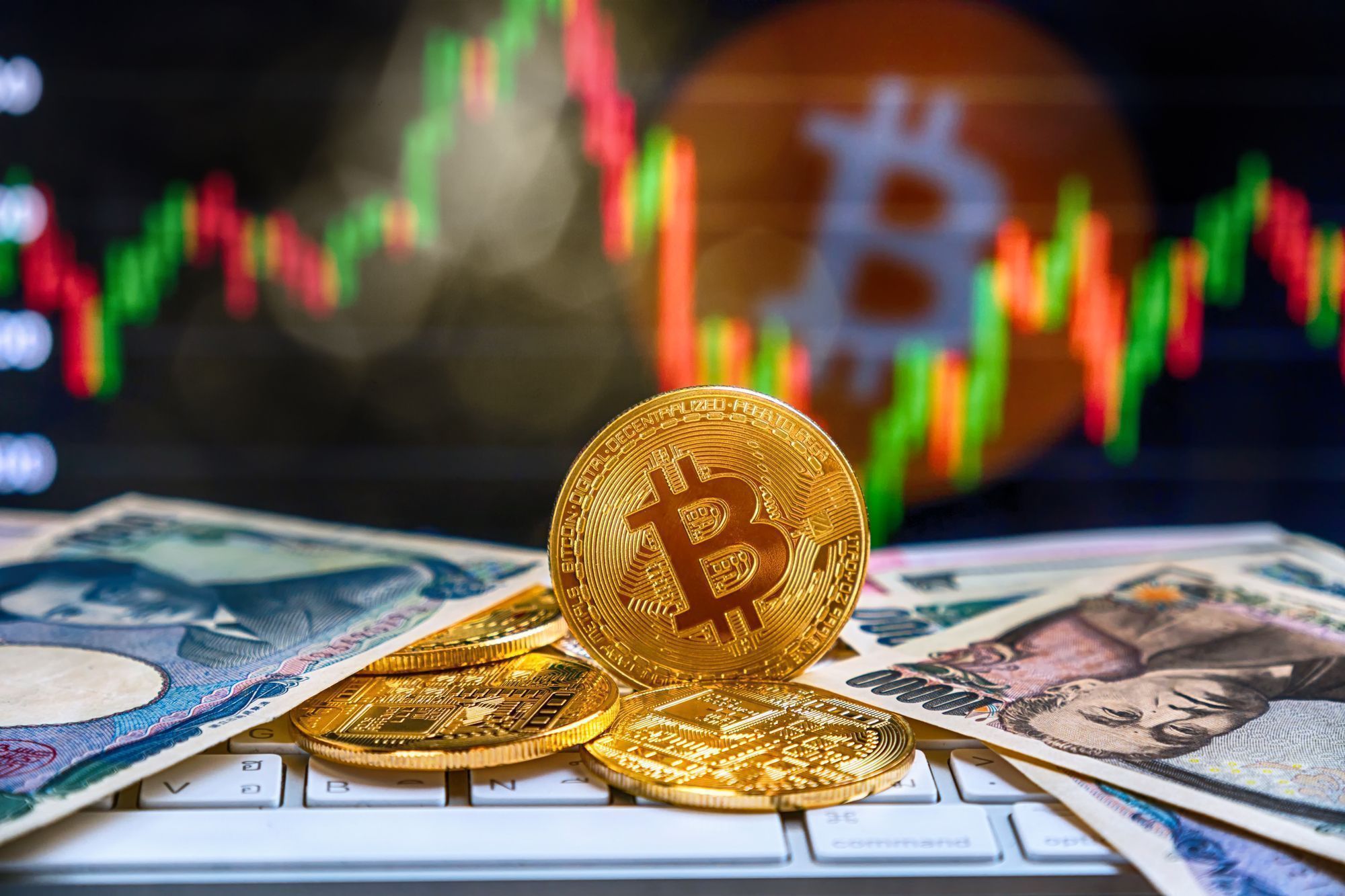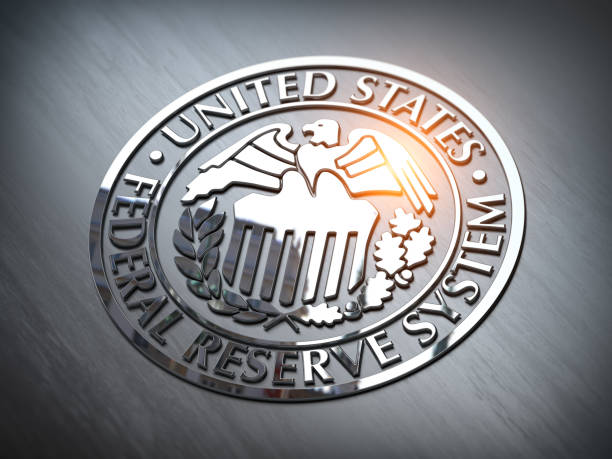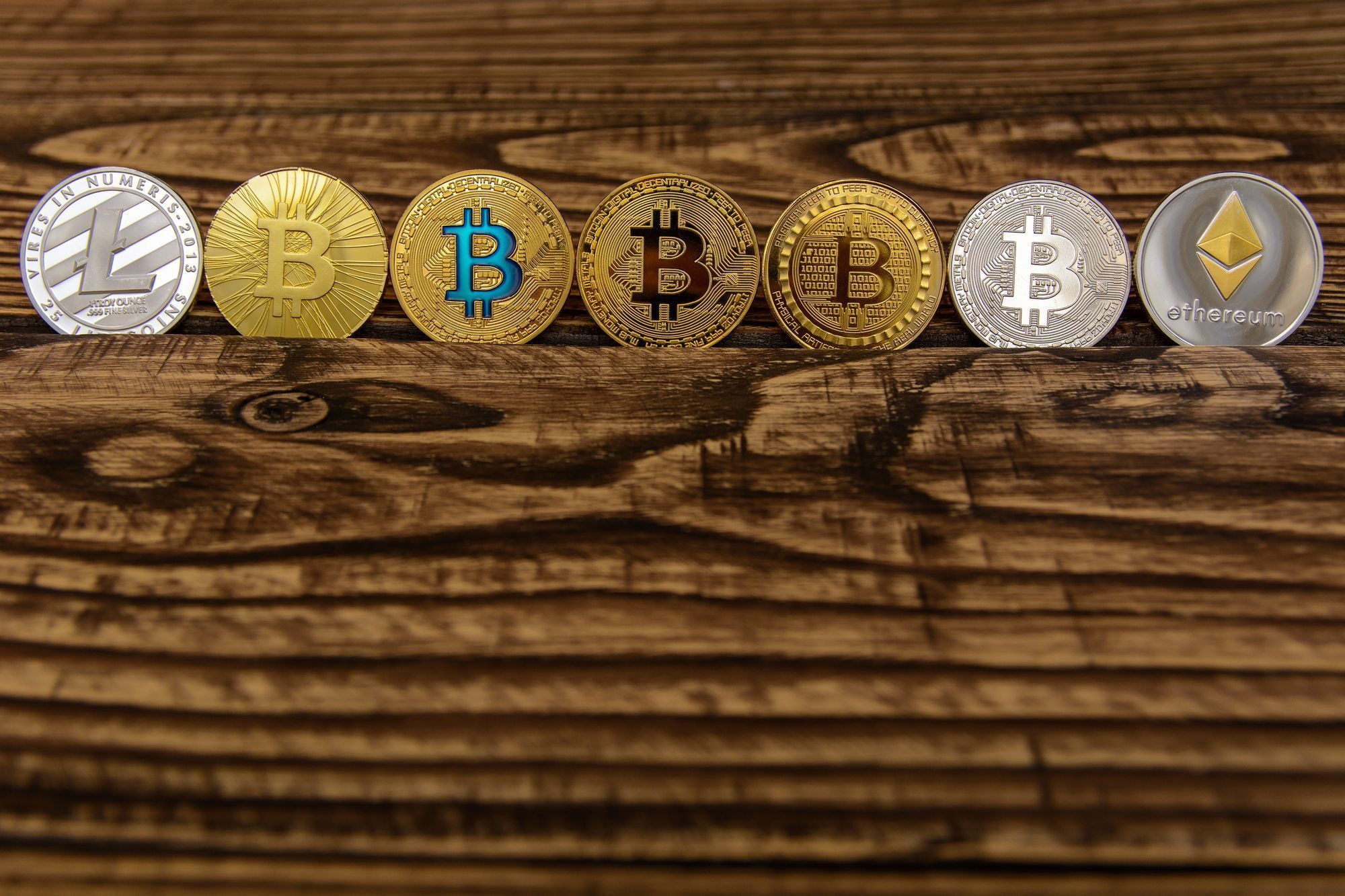EUR/USD dives as scorching US PPI kills hopes for jumbo Fed cut

- EUR/USD down 0.57% to 1.1638 after US PPI and Core PPI surged in July.
- Tariff pass-through fuels inflation while jobless claims dip, signaling labor market resilience.
- Market erases 50 bps September Fed cut bets, some pricing in chance of no cut.
EUR/USD dives sharply on Thursday as the latest inflation report in the United States (US) caught traders off guard, who were betting on a slim chance of a 50 basis points (bps) Federal Reserve (Fed) rate cut in September. Currently, the pair trades at 1.1638, down 0.57%.
The US Bureau of Labor Statistics (BLS) revealed that the Producer Price Index (PPI) in headline and core prints accelerated sharply, mainly influenced by higher tariff levels imposed by the US. Meanwhile, jobs data showed that the number of people filing for unemployment benefits dipped compared to the previous reading, as revealed by the Department of Labor (DoL).
Consequently, market participants had taken off the table the possibility of a jumbo rate cut. Instead, they’re pricing in a slim chance that the Fed might hold rates unchanged at the September 16-17 meeting.
After the data, some Fed officials crossed the wires. St. Louis Fed President Alberto Musalem said that inflation is running close to 3%, adding that tariffs are feeding through inflation. The Richmond Fed President Thomas Barkin said that business sentiment had picked up, but not in terms of hiring.
In the Eurozone, Gross Domestic Product (GDP) figures came in as expected, though Industrial Production tanked in June, influenced by a dip in Germany and weak consumer goods production.
Despite the ongoing weakness shown in today’s data, further EUR/USD upside is seen. The Fed is expected to cut rates in September, while most economists expect the European Central Bank (ECB) to keep rates unchanged. The reduction of the interest rate differential between the US and the bloc would strengthen the Euro.
On Friday, the European Union (EU) economic docket will be absent. In the US, the schedule will feature Retail Sales, Industrial Production, and the University of Michigan (UoM) Consumer Sentiment index.
Euro PRICE This week
The table below shows the percentage change of Euro (EUR) against listed major currencies this week. Euro was the strongest against the New Zealand Dollar.
| USD | EUR | GBP | JPY | CAD | AUD | NZD | CHF | |
|---|---|---|---|---|---|---|---|---|
| USD | -0.02% | -0.65% | 0.16% | 0.41% | 0.39% | 0.65% | -0.16% | |
| EUR | 0.02% | -0.64% | 0.19% | 0.44% | 0.43% | 0.62% | -0.13% | |
| GBP | 0.65% | 0.64% | 0.78% | 1.07% | 1.05% | 1.27% | 0.51% | |
| JPY | -0.16% | -0.19% | -0.78% | 0.27% | 0.27% | 0.57% | -0.17% | |
| CAD | -0.41% | -0.44% | -1.07% | -0.27% | 0.00% | 0.19% | -0.58% | |
| AUD | -0.39% | -0.43% | -1.05% | -0.27% | -0.01% | 0.21% | -0.54% | |
| NZD | -0.65% | -0.62% | -1.27% | -0.57% | -0.19% | -0.21% | -0.75% | |
| CHF | 0.16% | 0.13% | -0.51% | 0.17% | 0.58% | 0.54% | 0.75% |
The heat map shows percentage changes of major currencies against each other. The base currency is picked from the left column, while the quote currency is picked from the top row. For example, if you pick the Euro from the left column and move along the horizontal line to the US Dollar, the percentage change displayed in the box will represent EUR (base)/USD (quote).
Daily digest market movers: The Euro is weighed by hot PPI print
- EUR/USD tumbles following the latest jobs and inflation reports in the US. Initial Jobless Claims fell to 224,000 for the week ending August 9, beating expectations of 228,000 and down from 227,000 the prior week. Continuing Claims fell to 1.953 million from 1.968 million, easing concerns over a significant cooling in the labor market.
- Factory gate inflation, officially known as the PPI, soared by 0.9% MoM in July, bouncing off a flat reading in June. In the twelve months to July, the PPI accelerated to 3.3% from 2.4%, well above the 2.5% forecast. Core PPI—which feeds into the Fed’s preferred inflation measure, the Personal Consumption Expenditures (PCE) Price Index—soared 3.7% YoY, well above June’s 2.6% print, a sign that businesses are passing tariff-related cost pressures on to consumers.
- Across the pond, the Eurozone Gross Domestic Product (GDP) in Q2 rose by 1.4% YoY as expected, unchanged from the previous reading. The quarterly figure aligned with forecasts at 0.1%, unchanged from the prior print. Other data showed that Eurozone Industrial Production dipped sharply, -1.3% MoM in June, from May’s 1.7% expansion.
- The US Dollar Index (DXY), which tracks the performance of the buck’s value against a basket of its peers, rallies some 0.42% at 98.19, a headwind for EUR/USD.
- The latest economic data released in the US spurred investors' speculation that the Federal Reserve might resume its easing cycle at the upcoming September meeting. Odds for a quarter of a percentage cut are at 92%, revealed Prime Market Terminal (PMT).
- On the European Central Bank (ECB) front, the easing cycle seems to be on pause for the September meeting, with 90% odds for the ECB to keep rates unchanged, and a slim 10% chance of a 25 basis points (bps) rate cut.
Technical outlook: EUR/USD retreats below 1.1650 as sellers target 1.1500
The EUR/USD uptrend remains intact, even though the pair dipped toward the confluence of the 20- and 50-day Simple Moving Averages (SMAs) at around 1.1624/30. Nevertheless, a daily close below the latter can prompt traders to challenge 1.1600 in the near term. If cleared, the next area of demand would be 1.1500.
Instead, if EUR/USD climbs back above 1.1650, a move towards 1.1700 is on the cards. A breach of the latter will expose the current week’s high at 1.1730, 1.1759, and the year-to-date (YTD) high at 1.1829.

Euro FAQs
The Euro is the currency for the 19 European Union countries that belong to the Eurozone. It is the second most heavily traded currency in the world behind the US Dollar. In 2022, it accounted for 31% of all foreign exchange transactions, with an average daily turnover of over $2.2 trillion a day. EUR/USD is the most heavily traded currency pair in the world, accounting for an estimated 30% off all transactions, followed by EUR/JPY (4%), EUR/GBP (3%) and EUR/AUD (2%).
The European Central Bank (ECB) in Frankfurt, Germany, is the reserve bank for the Eurozone. The ECB sets interest rates and manages monetary policy. The ECB’s primary mandate is to maintain price stability, which means either controlling inflation or stimulating growth. Its primary tool is the raising or lowering of interest rates. Relatively high interest rates – or the expectation of higher rates – will usually benefit the Euro and vice versa. The ECB Governing Council makes monetary policy decisions at meetings held eight times a year. Decisions are made by heads of the Eurozone national banks and six permanent members, including the President of the ECB, Christine Lagarde.
Eurozone inflation data, measured by the Harmonized Index of Consumer Prices (HICP), is an important econometric for the Euro. If inflation rises more than expected, especially if above the ECB’s 2% target, it obliges the ECB to raise interest rates to bring it back under control. Relatively high interest rates compared to its counterparts will usually benefit the Euro, as it makes the region more attractive as a place for global investors to park their money.
Data releases gauge the health of the economy and can impact on the Euro. Indicators such as GDP, Manufacturing and Services PMIs, employment, and consumer sentiment surveys can all influence the direction of the single currency. A strong economy is good for the Euro. Not only does it attract more foreign investment but it may encourage the ECB to put up interest rates, which will directly strengthen the Euro. Otherwise, if economic data is weak, the Euro is likely to fall. Economic data for the four largest economies in the euro area (Germany, France, Italy and Spain) are especially significant, as they account for 75% of the Eurozone’s economy.
Another significant data release for the Euro is the Trade Balance. This indicator measures the difference between what a country earns from its exports and what it spends on imports over a given period. If a country produces highly sought after exports then its currency will gain in value purely from the extra demand created from foreign buyers seeking to purchase these goods. Therefore, a positive net Trade Balance strengthens a currency and vice versa for a negative balance.







